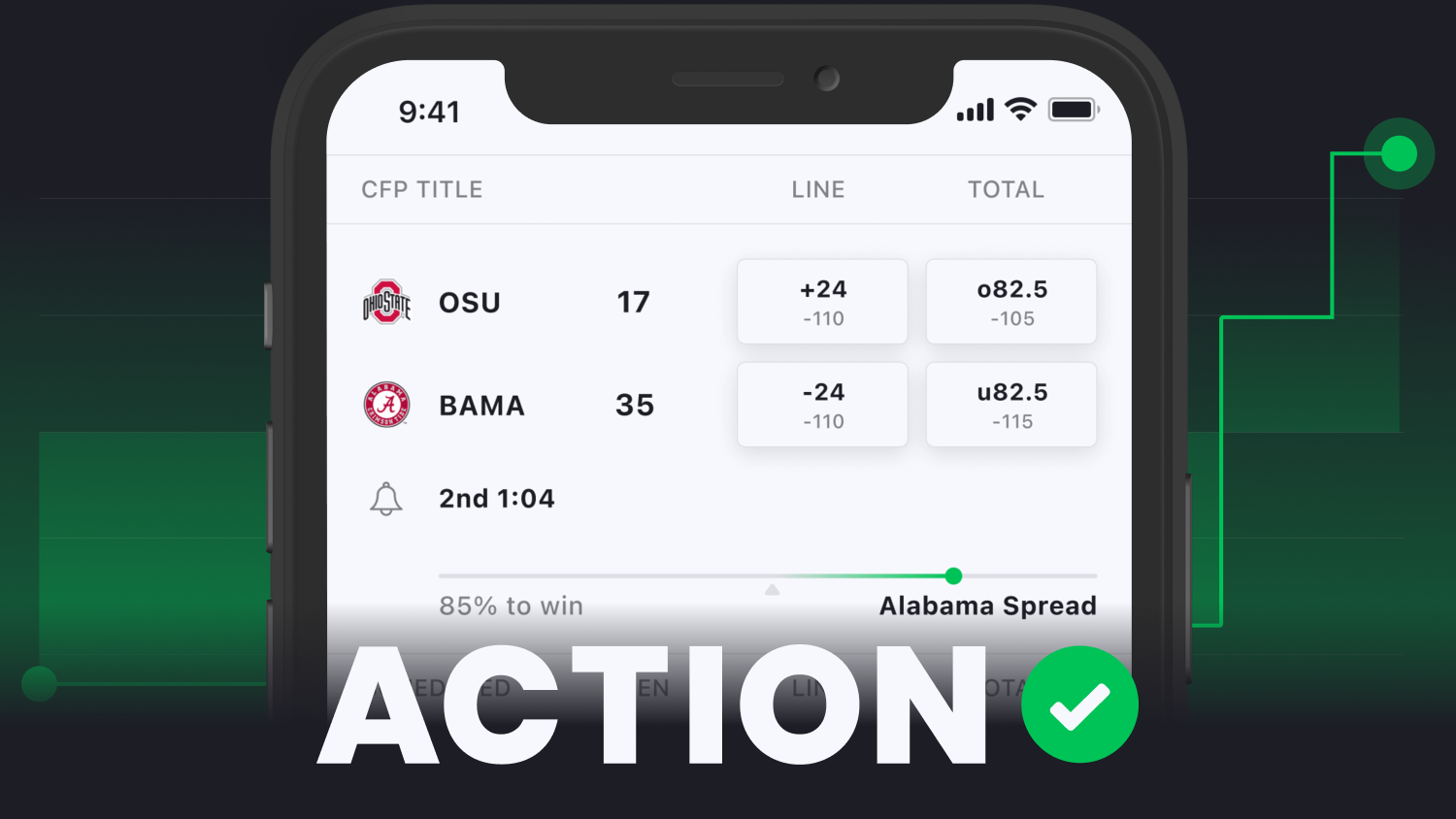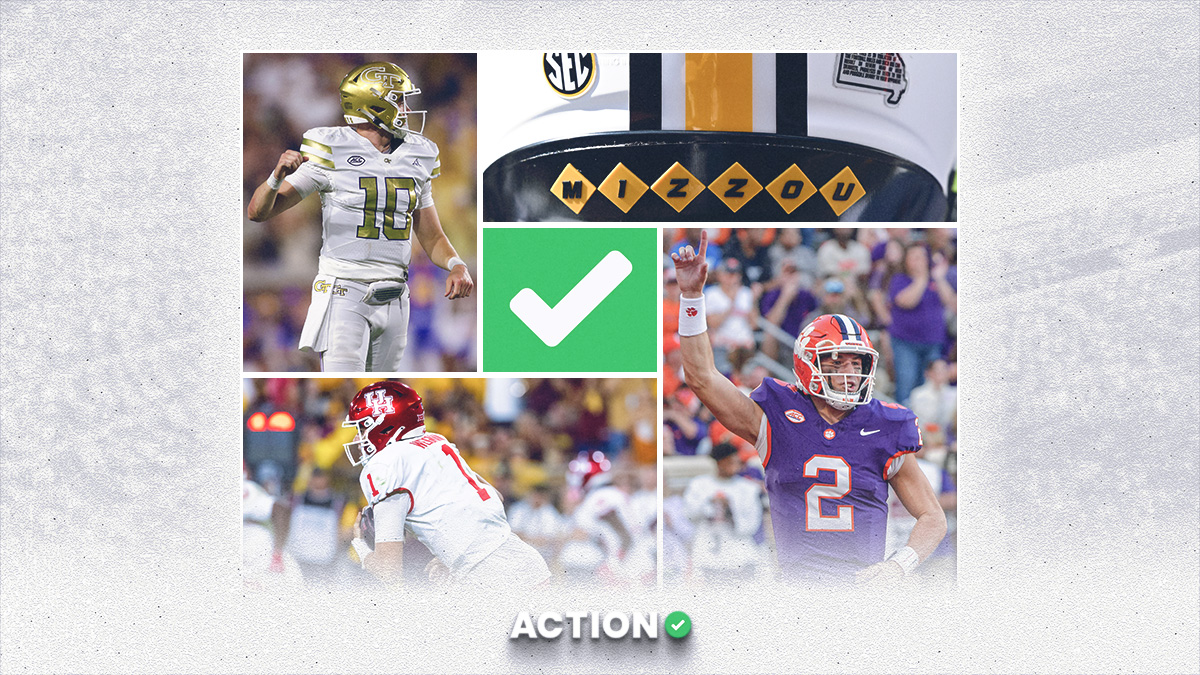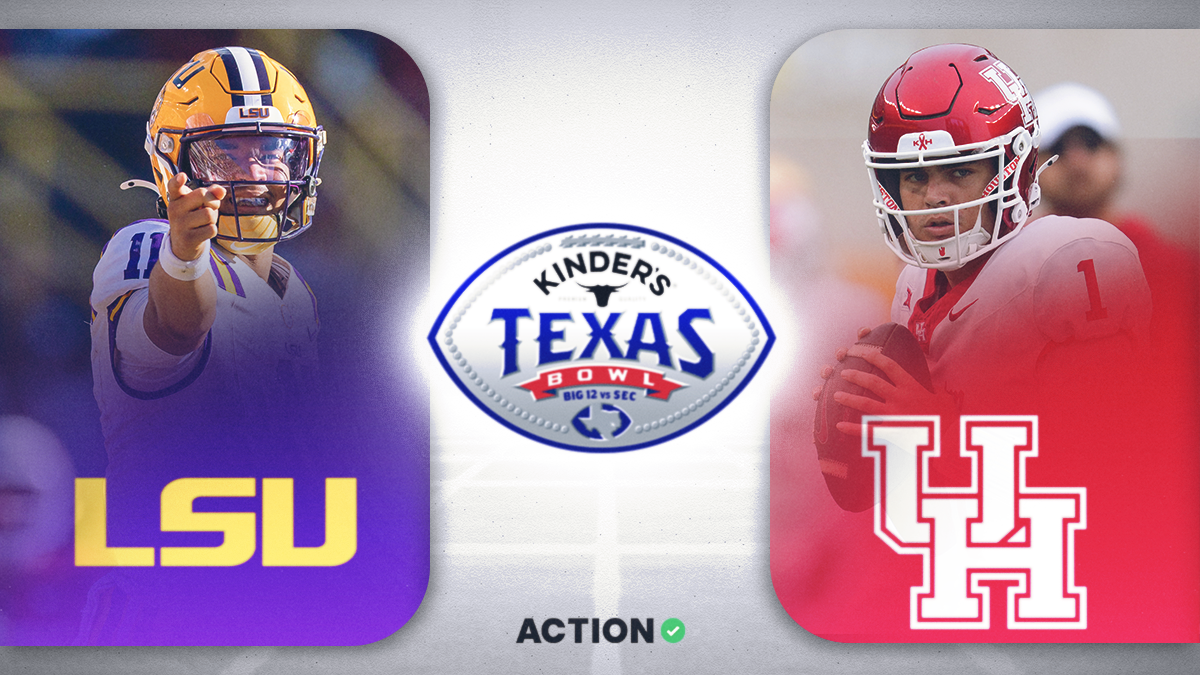- The spring college football transfer portal window has closed, which means Collin Wilson and Action Analytics have updated their Transfer Portal Assets & Returning Production numbers for 2023.
- Some familiar names remain at the top, but the recent transfer portal movement still has heavy implications for TARP.
- Check out Wilson's updated Transfer Portal Assets & Returning Production numbers for the 2023 college football season below.
April was as busy as ever in college football, as spring practices wrapped up and the transfer portal closed on the last day of the month.
More than 2,000 Division I players have contacted the compliance department of their respective schools to enter the portal.
Several transfer players have numerous suitors as the biggest programs in college football look to fill holes on the roster. Colorado, LSU and Wisconsin have been a few of the schools that have been abundantly active and are considered by many to be the biggest winners.
Although the window has closed, blue-chip names have remained available on the board. UTSA wide receiver Zakhari Franklin waited until June to make his decision to commit to Ole Miss, bringing 15 touchdowns and more than 1,200 yards to Lane Kiffin’s offense.
I Reached Every Goal Had To Write Another List! #HottyToddy 🔴🔵 pic.twitter.com/wz8WJ55lxg
— 💤 (@ZakhariFranklin) June 3, 2023
With player movement comes updated experience numbers.
TARP — Transferring Assets and Returning Production — was designed as a way to calculate experience through returning production and the transfer portal.
To accomplish that, Action Network debuted a Player Strength Index.
Phil Steele counted starters and Bill Connelly counted production, but LSU and USC broke those models last season. The Tigers and Trojans were both vastly underrated, with returning production models putting them in the bottom half of FBS.
However, the Tigers brought in 15,129 snaps through the portal, the most of any team in FBS. The Trojans finished third in snaps gained with just over 13,000. Both teams ended up making their respective conference championship game.
The new Player Strength Index not only assigns a point spread value to 133 quarterback depth charts, but it also adjusts Power Ratings based on snaps gained and PFF grades.
Now, the formula for TARP is different on each side of the ball. A team’s power rating can swing by as many as 12 points with respect to experience. College football is dominated by offense, so TARP has a range of +-7 points offensively and +-5 defensively.
Here are the categories calculated to determine a team's TARP number:
Offense:
- Passing Yards (33%)
- Receiving Yards (33%)
- Rushing Yards (7%)
- Offensive Line Snaps (27%)
Defense:
- Tackles (40%)
- Passes Defensed (33%)
- Pressures (10%)
- Stops (17%)
With the calculations in mind, here’s a look at the final TARP tally for all 133 FBS teams heading into fall camp.

















































